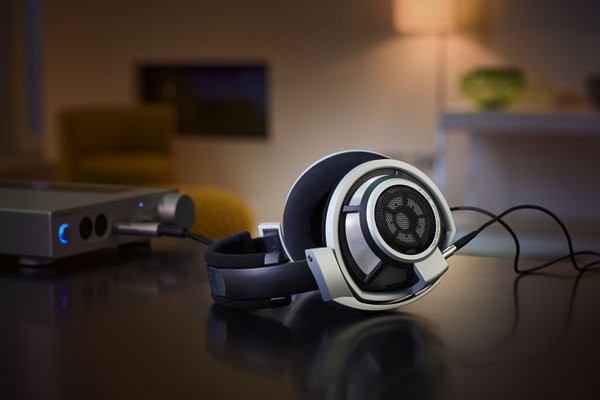Sennheiser is relaunching its high-end Orpheus headset, which will cost music lovers a steep $55,000 price tag per pair. The German company originally introduced the Orpheus luxury headphones in 1991, but has revamped the unit with state-of-the-art technology in time to celebrate its 70th birthday. The official website states it will transform music into something that users "live in" rather than listen to.
The new headphones seem to have taken a decade to design. Its features include a signal processor with an extremely wide audio range from 8 hertz to over 100 kilohertz.
Sennheiser is showcasing the headset's high sound quality to justify the equally high price point. The product is electrostatic, producing sound by using audio signal voltages to make very thin film between two metal plates shake back and forth, according to CBS News.
In fact, the film is so light that it does not produce sound itself. Sennheiser explains that this produces crystal-clear notes that travel to the wearer's ears.
Another key feature of the premium headphones is the quality materials. They include Italian marble, silver, and platinum.
The marble exterior is combined with an opulent housing. When users turn on the luxury headphones they can see the knobs and valves inside.
The headset also contains ear cup-imbedded amps. Other features of the expensive headphones include a built-in case and high-quality German leather.
CNET reported that the target market for Sennheiser's Orpheus is probably the same customers who would buy an 18-karat gold Apple Watch. It has a $17,000 price tag.
Sennheiser's 25-year-old Orpheus HE90 had a limited 300-unit production run and a steep $16,000 price, according to Engadget. It featured a valve amp.
The new-and-improved Orpheus headphones will be available next year.
The Sennheiser audio company was founded in 1945 and is headquartered in Saxony, Germany. It started building microphones in 1946.



























